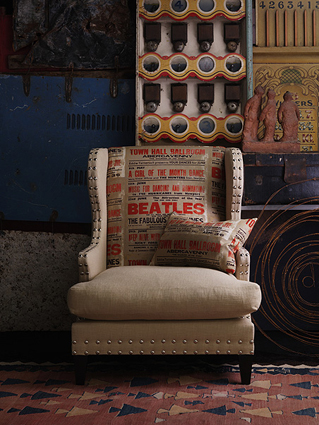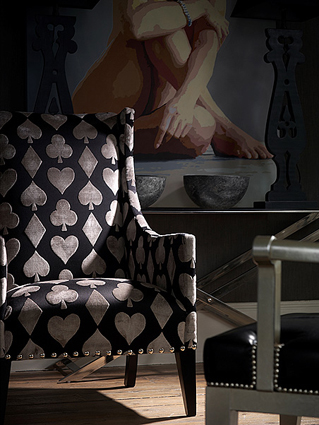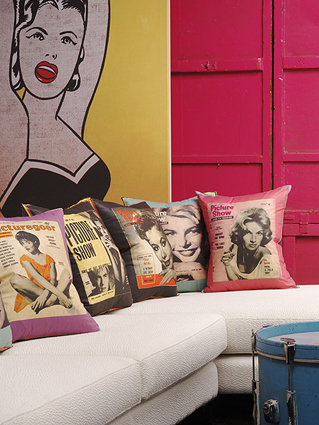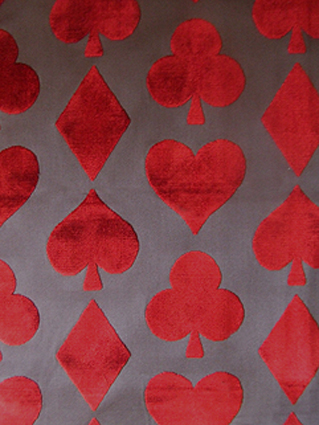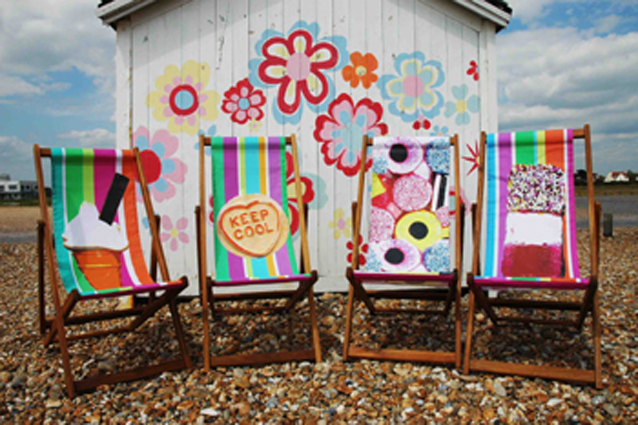Queen Anne 1702–14
Queen Anne style furniture began to evolve during the rule of William III of England. It reached its primacy during the reign of Queen Anne, and continued into
the reign of King George I. The period has been called "the age of walnut" because walnut was used almost exclusively in English furniture of the time, replacing
oak. The most distinctive features of Queen Anne furniture were the use of the cabriole leg, curved cresting piece, vase-shaped splat, and shell carving. English
Queen Anne chairs generally assumed two forms. One was the English interpretation of the Chinese chair, with an almost flat cresting, rounded at each end, and
straight stiles. The other used curving cabriole-shaped stiles with an ornament carved in the center of a hoop-shaped cresting. Both types had vase-shaped splats
and pad and hoof feet, although claw-and-ball feet became popular during the first quarter of the 18th century. A slipper chair with upholstered back and seat
and a comfortable open armchair were actual innovations of Queen Anne style furniture. True sofas with curved cresting and cabriole legs were also introduced.
Designers: Thomas Johnston, Thomas Tompion, Gerreit Jensen
Georgian 1714-1811
The reigns of King George bore a period of experimentation when it came to furniture designs. Queen Anne style still dominated, however designers began to favour
mahogany over walnut, which was tougher and easier to experiment with. By the mid Georgian era many designs were inspired by the Louis XV Rococo style. The furniture
was easily adapted to suit different classes, from royal to provincial. Every refinement in comfort was attained and great care was given to the upholstery work for
maximum comfort. The aristocracy and the rich bourgeoisie possessed many masterpieces of unrivalled elegance reflecting the Chinoiserie (Chinese style), with pagoda
motifs, bamboo turnings, the claw-and-ball foot, carved latticework, and considerable lacquering, while others showed a Gothic influence, featuring pointed arches,
quatrefoils, and fret-worked legs.
Designers: Thomas Chippendale. Henry Copland, John Cobb, George Hepplewhite
Regency 1811-1820
Regency furniture designs were vogue from approximately 1795 to 1820, and were dominated by the Classic Revival in England. The style displayed an eclectic mix of
Greek, Roman, Gothic, Egyptian, and Asian ornament influenced by the French Empire, Chinese and Gothic art, and attempts were made to make actual copies of ancient
stone furniture. The furniture was plain, slender and elegant. Brass was used for decoration, rosewood and zebrawood veneers were used for a striking look but mahogany
was the most popular. Classic characteristics were sabre legs, reeding and lion paw feet. The sofa of lyre form with cornucopia-shaped legs and the couch designed with
an out-scrolled side where popular. Chairs with a low back, rolled-over uprights, sabre or concave front legs were especially fashionable.
Designers: Germain Boffrand, Charles Crescent, Jacques Gabriel
Victorian 1837-1901
The reign of Queen Victoria inspired an era of feminine and delicate furniture, with elaborate and luxurious finishes and great emphasis on comfort for the expanding
wealthy middle classes. The new fashion was more imposing with plenty of curves, comfortable backs, rounded corners, glossy finishes and intricate decoration. Motifs
and elements from different periods were often used together. Mahogany and rosewood were the most popular woods used to create easy chairs, button back chesterfields,
sofas and more dining chairs with padded seats, mainly constructed by hand. Between 1830 and 1900 a new style known as the Gothic Revival was inspired by medieval
churches and castles. Items such as high-back chairs and beds mostly made of oak, with carving and design features such as linenfold and tracery patterns grew popular.
Designers: Elijah Galusha, John Belter, Marcotte, Joseph and John Meeks, A. Seibrecht
Edwardian 1901 – 1910
During the reign of King Edward VII, amongst mass re-produced furniture from earlier periods as the antique market grew, Art Nouveau furniture was in highest demand.
This was a style devoted to craftsmanship of free flowing or organic forms, based on plant-like, floral abstractions, linear, undulating and rhythmic. The resulting
curving, elongated lines, leaf and flower motifs, and floral feminine figures were very popular of the time. English designer's attitude toward nature and his aesthetic
theories are prominent. Mahogany, Walnut, Satinwood and Oak were used. Simple bedroom suites with inlaid or carved panels, bevelled mirrors and backboards, and dining
room furniture with turned or cabriole legs and sets of matching chairs were very popular.
Designers: Selwyn Image, Arthur Mackmurdo, James Pollord Seddon
Art Deco 1925-1940
Art Deco was a design movement in the 1920s and 30s which created a style characterised by the reaction to the deprivation of World War I, with a new opulence and
extravagance which produced very elegant and stylish designs. It encompassed purely decorative forms of cubism and futurism, such as armchairs with assertive, mesa-flat
armrests, which were machine-made for a fast-paced industrial age. The style was well-known for its streamlined look which became ubiquitous during its heyday. Due to
the new ease with which to travel, designers were influenced by very varied sources such as the paintings of Braques and Picasso, the Mayan ruins in the Yucatan,
Tutankhamun's tomb and Pompeii. Typical Art Deco furniture was made from materials such as aluminium, stainless steel, lacquer, Bakelite, Chrome and inlaid wood.
Designers: Emile-Jacques Ruhlmann, Paul T. Frankl


